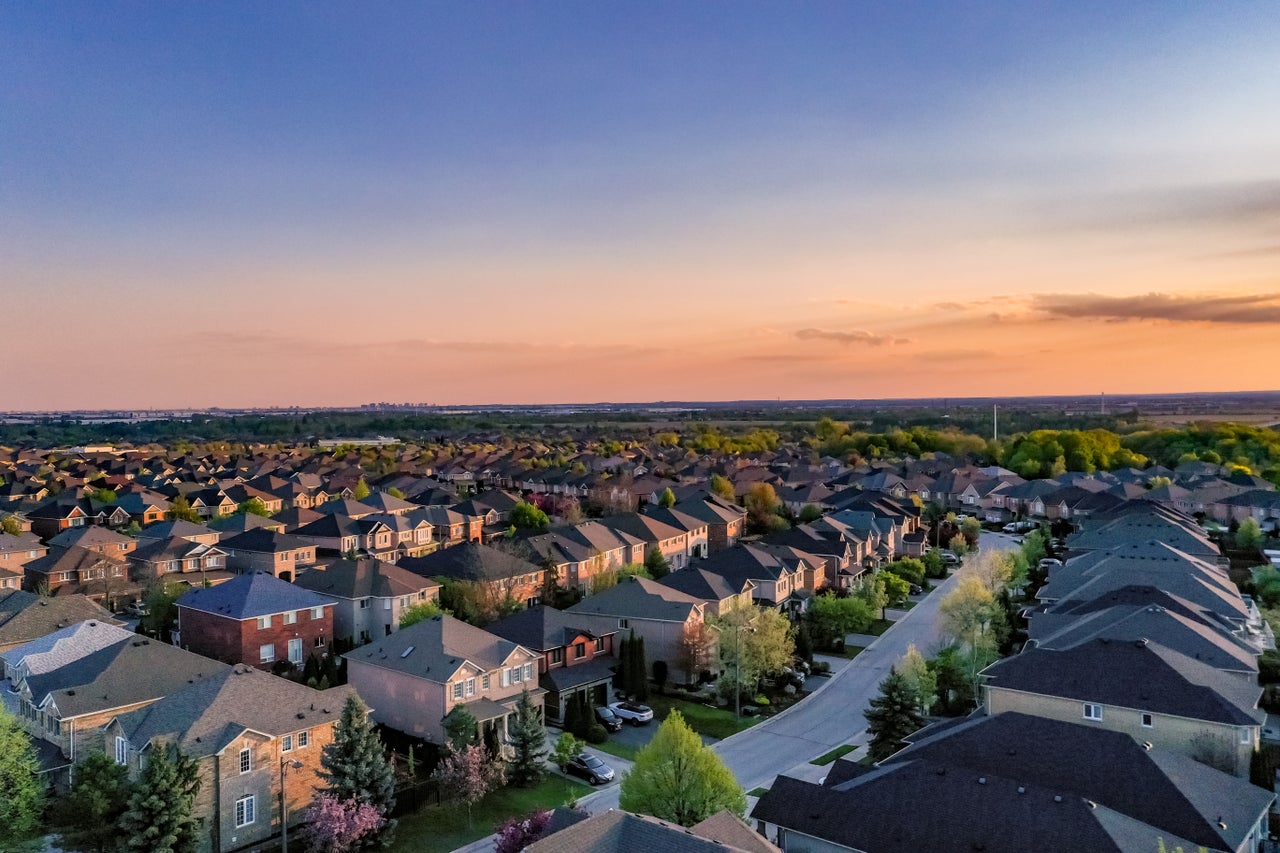Overview
There are not enough homes in the U.S., and the homes that are being built come at a premium.
- The image of a starter home is changing, and people are now looking to pay more for an older, existing home. But why?
- Affordability is shrinking alongside home size. This is creating a shallow pool of options for both homebuyers and investors.
- Where new homes are being built, the increase in homes is not necessarily correlating with more homeowners.

For generations, Americans relied on “starter homes*” to step onto the property ladder. These homes were often new, just outside of town, and under 1,500 square feet. But that expectation is no longer a reality. Land costs, building material prices, and a persistent lack of housing supply has transformed new builds into high-end housing –— even in more affordable regions of the U.S.
There are not enough homes in the U.S., and the homes that are being built come at a premium. While new construction is intended to help bridge the 4-million-unit supply gap, the April 2025 median price tag of $430,000 for these shiny new builds puts them far out of reach for many. That means people aren’t buying newly constructed homes as often. In the first four months of 2025, new home sales numbers decreased over 20% per month, according to Cotality data. They now make up 12% of all home sales, which is a decline from 16% they represented in early 2024. That shift is reflected in prices; since 2023, existing homes have appreciated 11%, but new homes have only appreciated 6%.
Home sales: New homes vs existing homes
Data source: Cotality, 2025
New home sales as a share of all home sales
Data source: Cotality, 2025
Price appreciation: New homes vs existing homes
Data source: Cotality, 2025
If they’re buying fewer new homes, what are people buying who are searching for affordable housing options?
They are buying older, smaller homes.
Existing home sales outstrip new home sales; however, they did fall 5% in the first quarter of 2025. Roughly 70% of those already-standing homes are under the average 2,000 square feet that is common in new construction, indicating that many buyers are foregoing extra space in favor of a lower price tag. In the new home market, affordable price tags are hard to come by, even when sizing down. Cotality data shows the median price of a newly built home in April 2025 that's under 1,500 square feet was $320,000.
This trend toward a smaller size is even apparent in new builds. Years of rising costs — for homeowners and for home builders — have weighed on home square footage. A Cotality analysis found that the size of new homes fell 10 square feet per year over the last five years.
Smaller homes mean lower maintenance and utility costs, a boon for homeowners in an environment of elevated interest rates, increasing insurance costs, and high home prices. Homebuilders also benefit. Material and land prices are squeezing builder profitability, and more compact houses allow developers to build with fewer material costs and closer to major urban centers, which is where people increasingly want to live. Still, even as size shrinks, affordability remains a dream for many.

Investing in a future of renters
New homes — even smaller ones — don’t necessarily automatically translate to new residents. Although Southern metros in Texas, Arizona, and Florida were responsible for the majority of new home sales, their populations aren’t growing as fast as these sales would indicate. Part of this is due to speculative investors increasing their presence.
Dallas and Houston, the top two cities for new home sales, also had the highest level of investor purchases in 2024.
New home sales dominate in the South
Data source: Cotality, 2025
Investment homes aren’t typically being bought in bulk, but they are competing with first-time buyers for lower-priced properties. That competition comes from smaller-scale investors rather than institutional or large-scale investors. Cotality data shows that small scale landlords are the most frequent investment buyers, putting them in direct competition with homebuyers for the limited supply of affordable homes on the market.
But investors aren’t only shopping for new construction. They are also looking for those same smaller, existing homes that are attracting buyers seeking affordability.
California markets like Los Angeles, San Francisco, Riverside, San Diego, and San Jose are low on the list of areas boasting new builds, but high on the list for investors. In Los Angeles, investors made up 42% of purchases in 2024. This dynamic chokes supply and shifts demand to the rental market.
The result? Buyers are now forced to rent longer as they compete for a limited number of homes. And rents are only rising. Rents rose 3.7% over the past year, putting additional pressure on would-be buyers to save a downpayment in a market where home prices also continue to climb.
“The starter home has effectively aged out. What used to be a new build on the edge of town is now a decades-old listing — often smaller, still pricey, and receiving fierce competition. First-time buyers are priced out by high mortgage rates or lack of supply. These market conditions are tilting the scales toward renting, an opportunity that investors are happy to pounce on, which in turn creates even more competition for potential buyers.” said Cotality Economist Thom Malone.
Where did new home sales increase?
(January 2025 - April 2025)
Data source: Cotality, 2025
With affordable new homes in diminishing supply, current homeowners are staying put and benefitting from the low mortgage rates of the recent past. This practice is adding to the existing inventory bottleneck. As a consequence, we are seeing buyer “gridlock”.
Building on undeveloped land used to be a fast, affordable way to add housing. Now it’s a high-cost option out of reach for many. As access to this key asset slips away, so does the traditional path to building wealth.
* For this analysis, a starter home is defined as being 1,500 square feet or below.



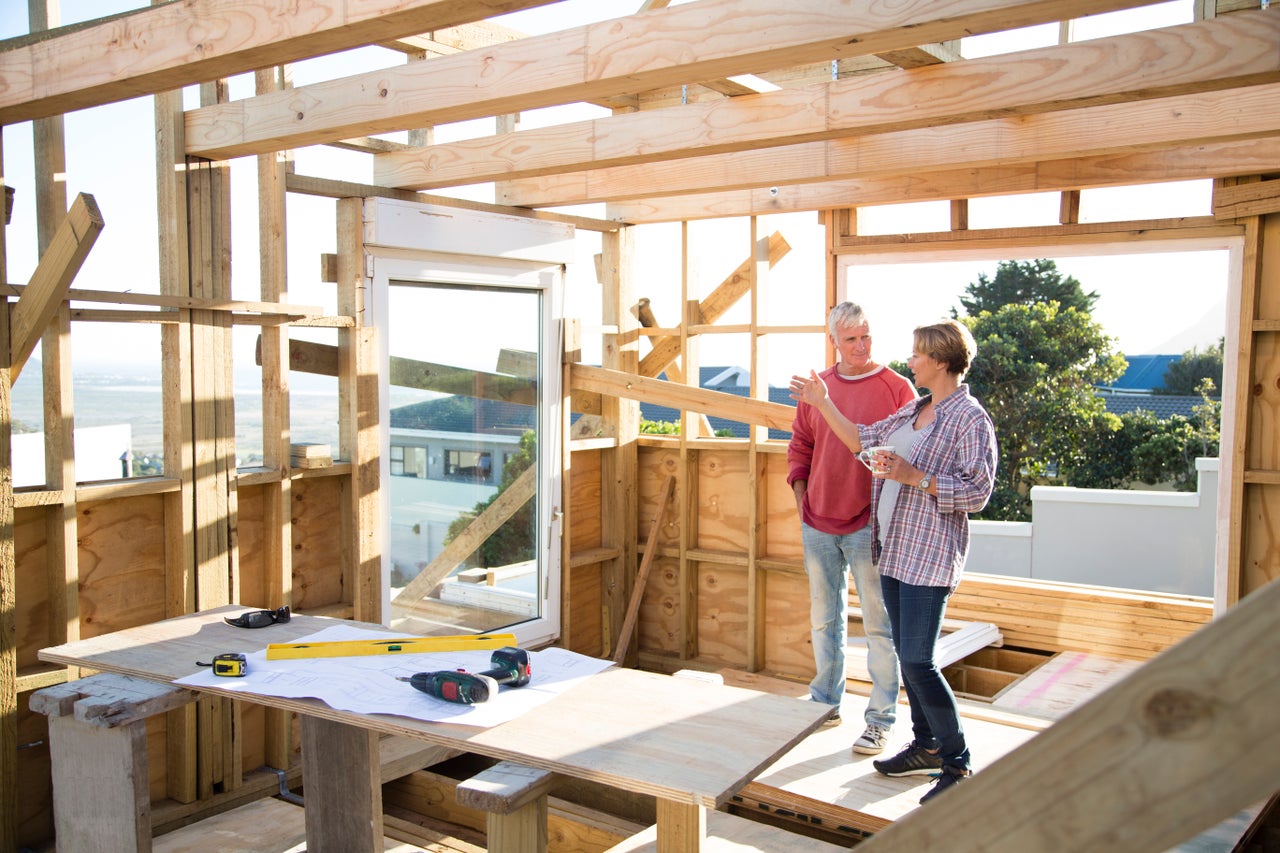




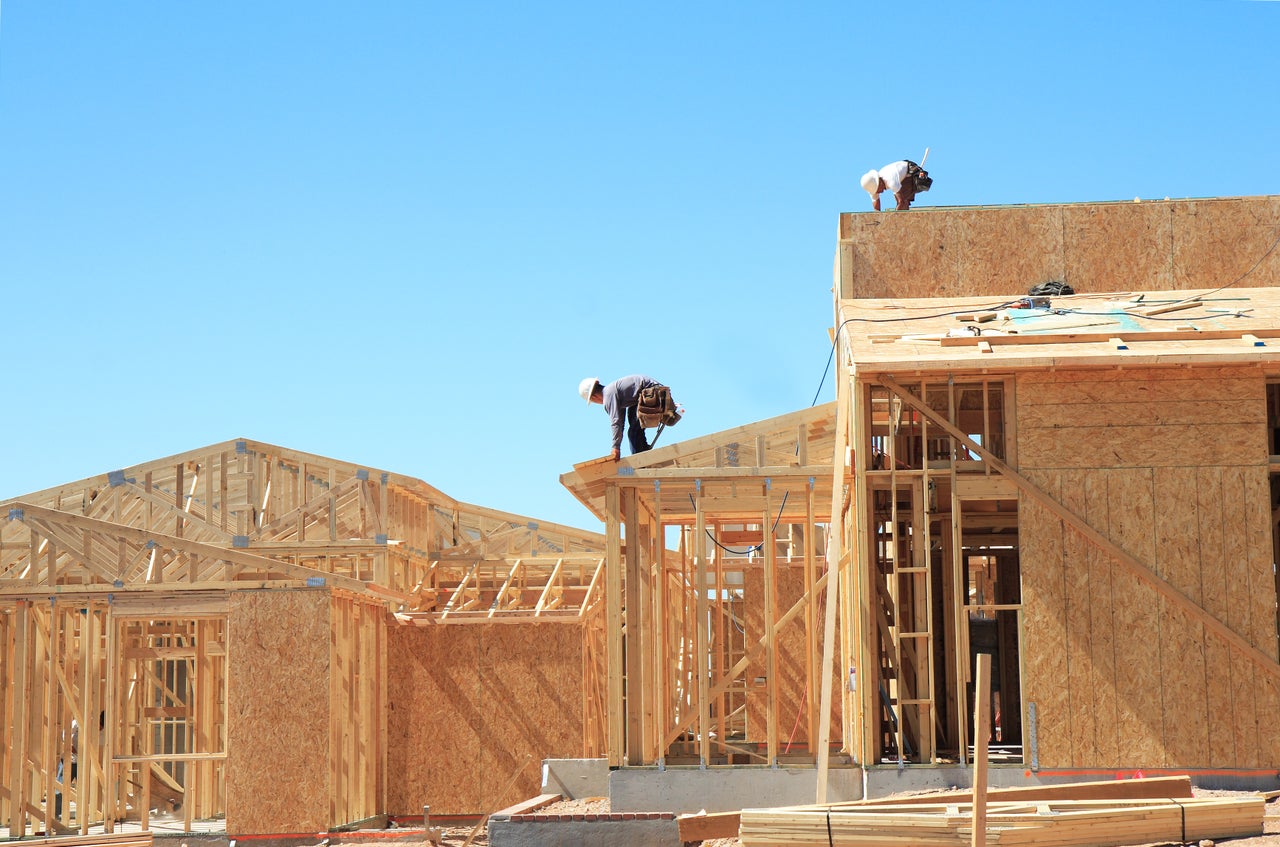
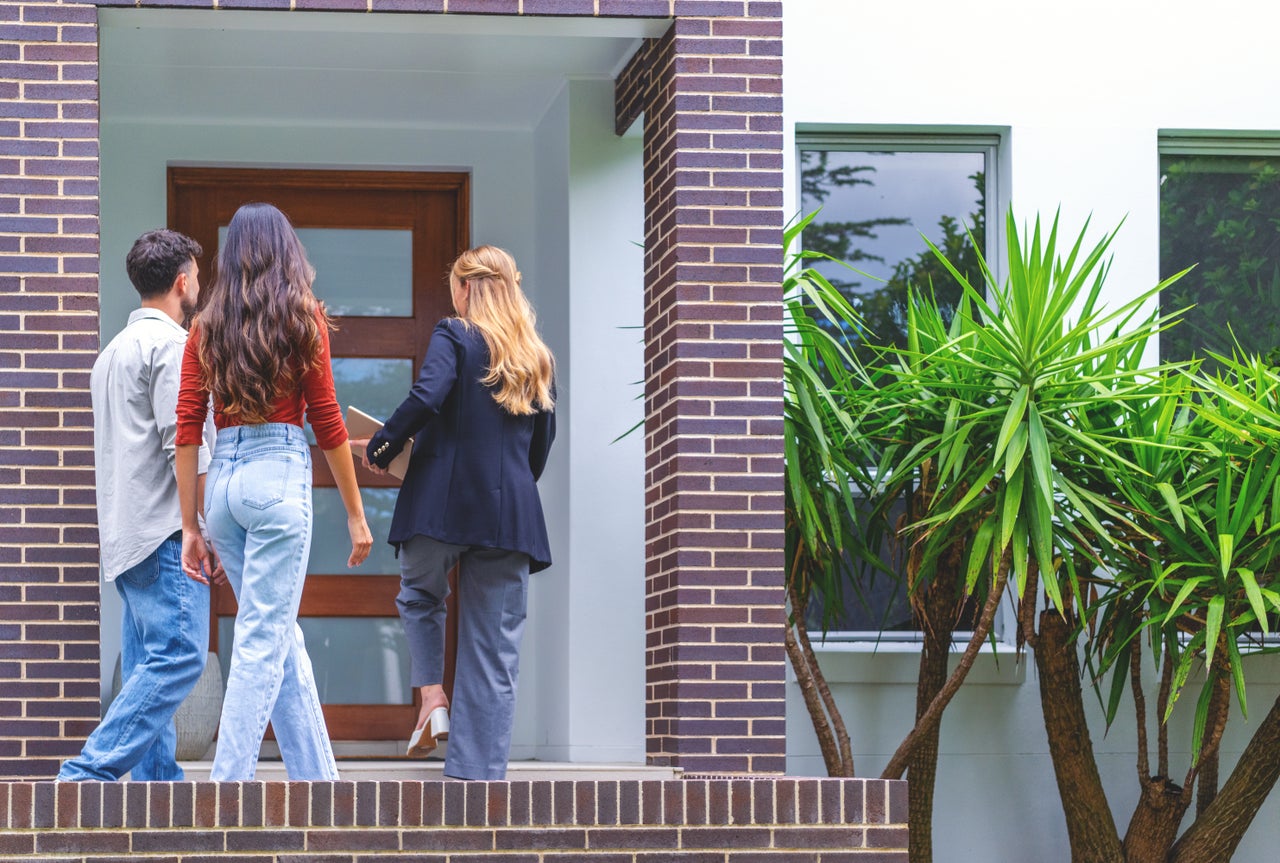


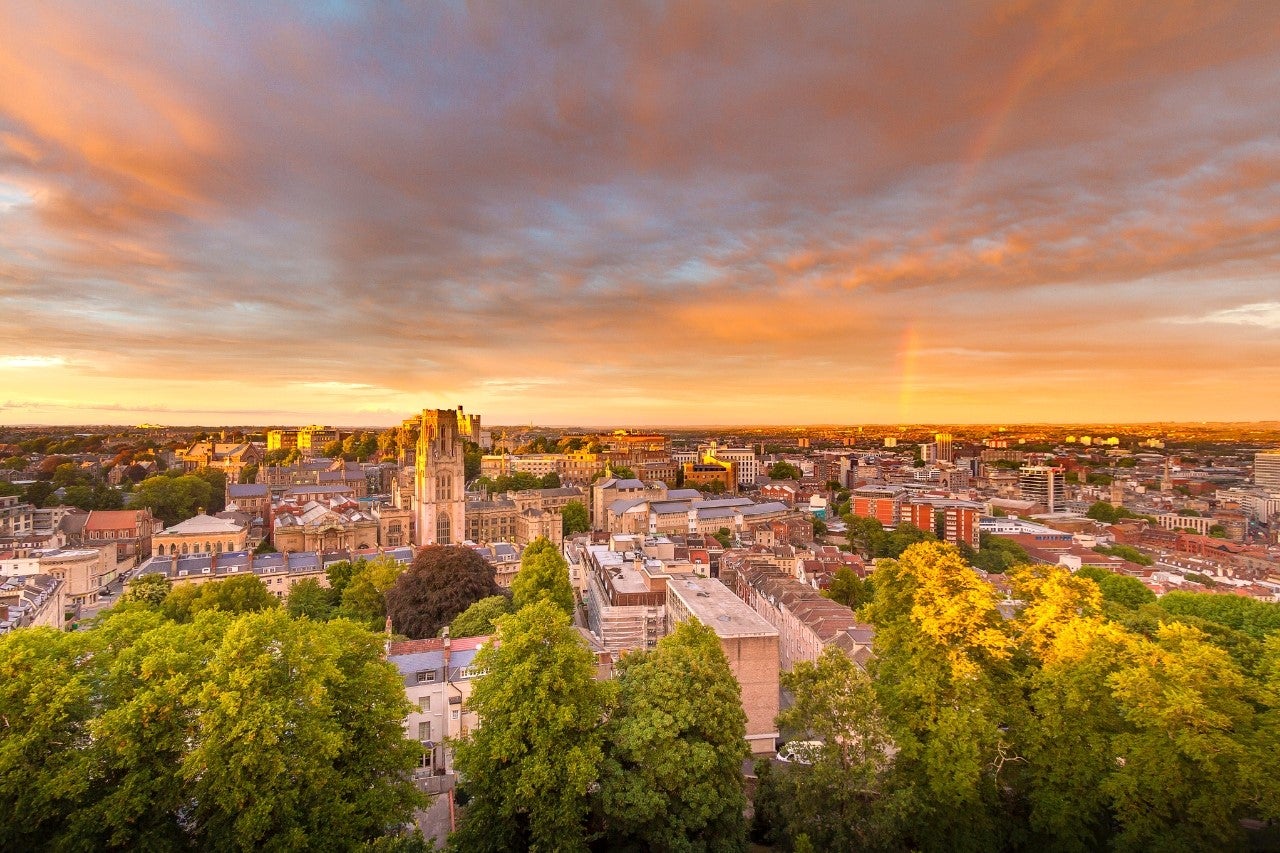
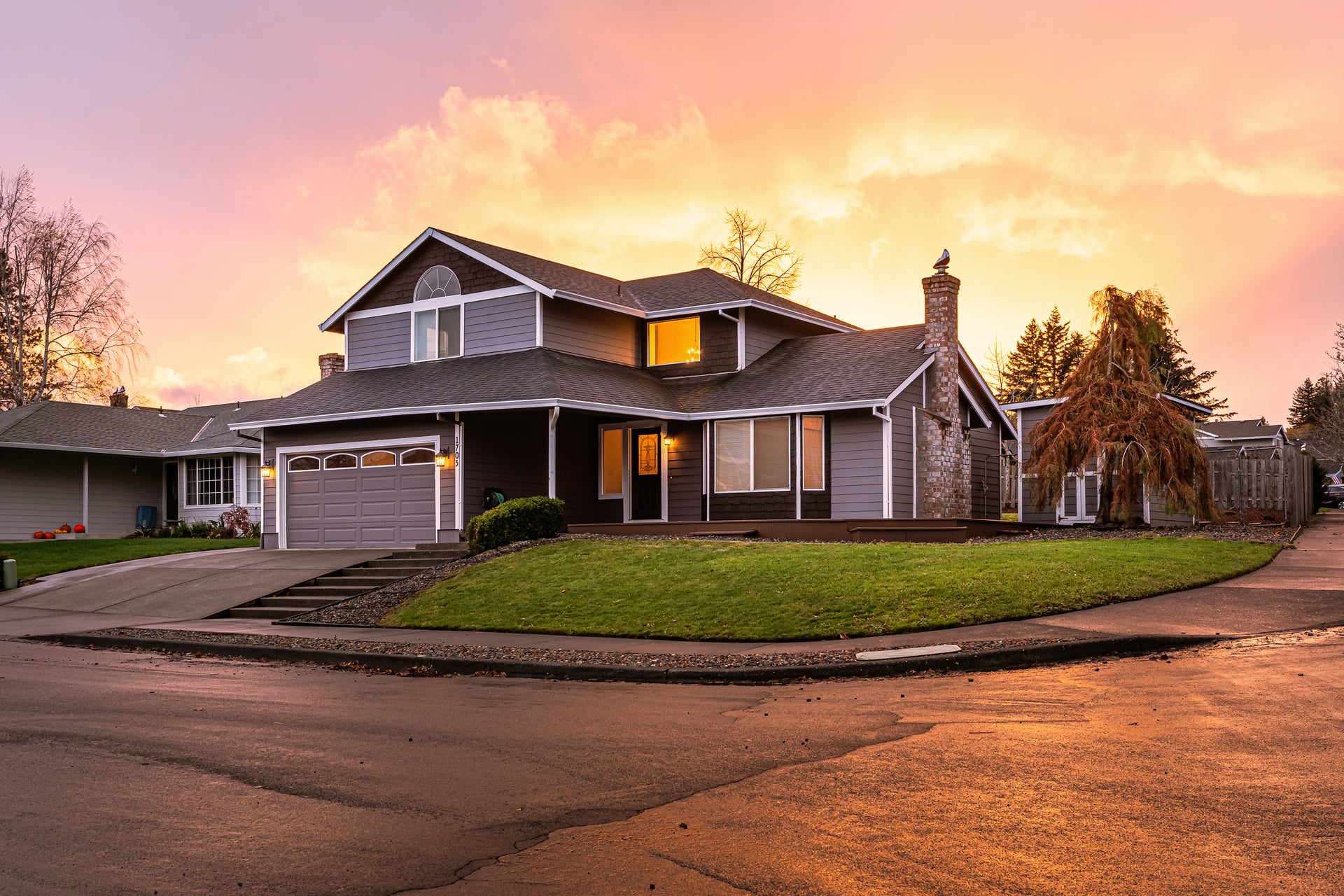
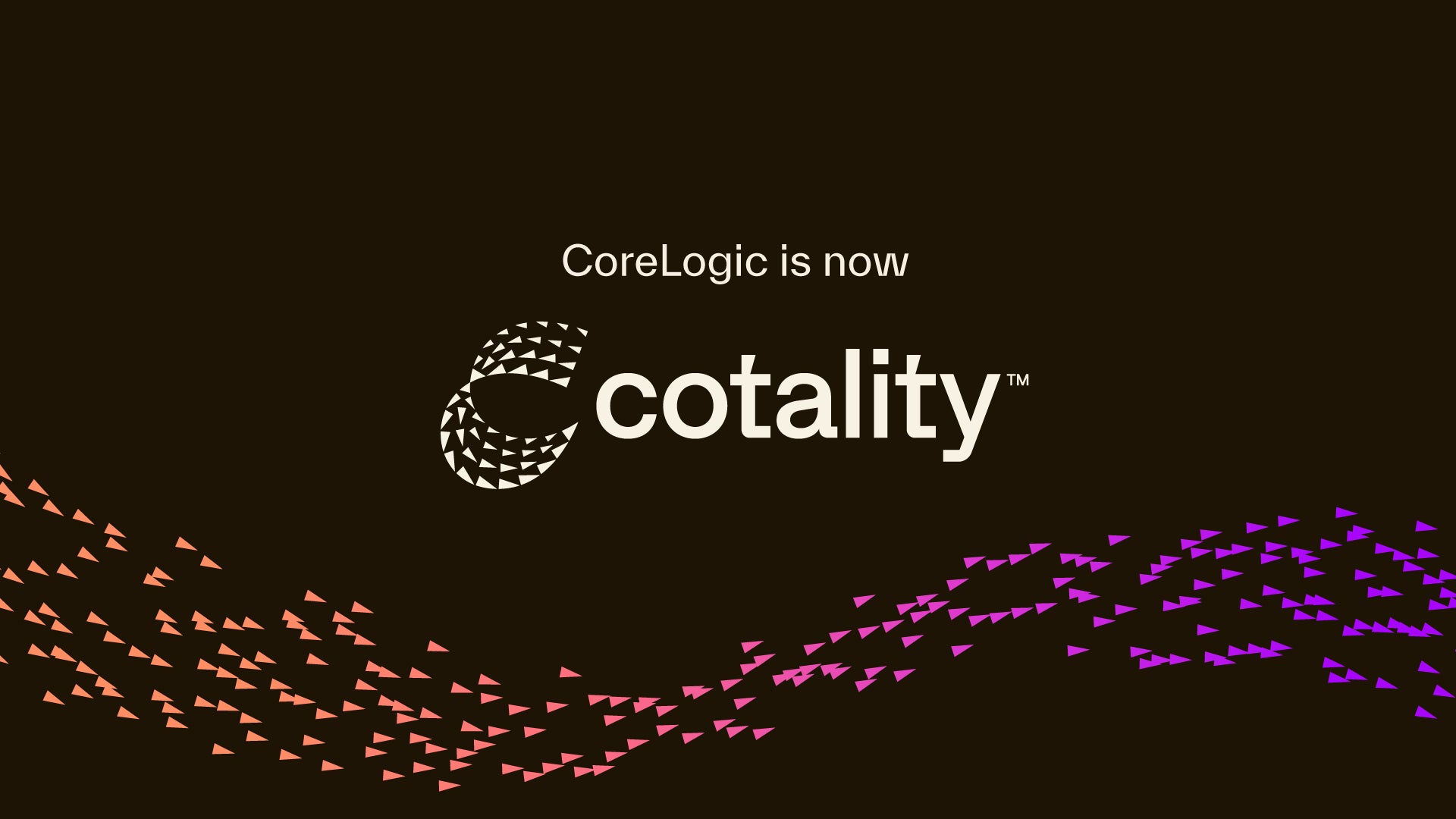
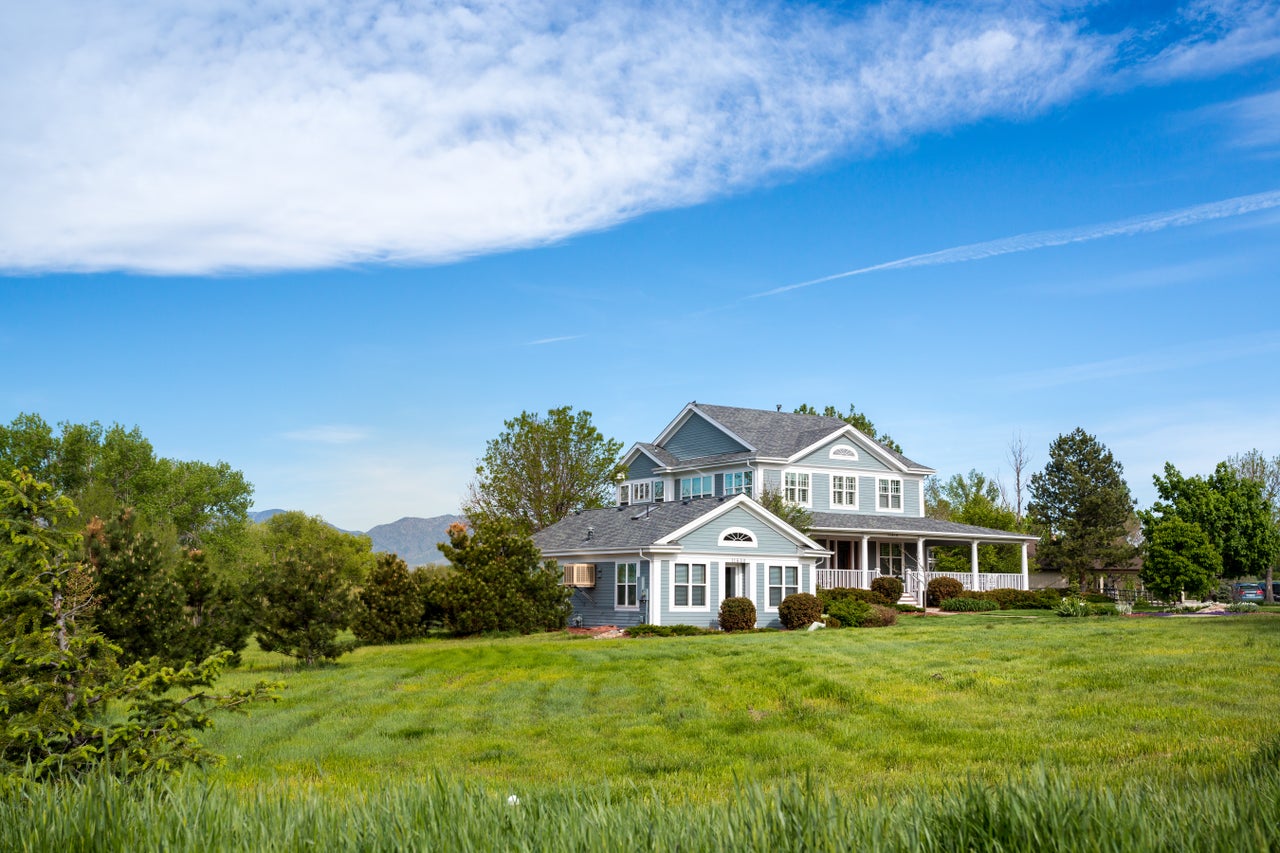
.jpg)
